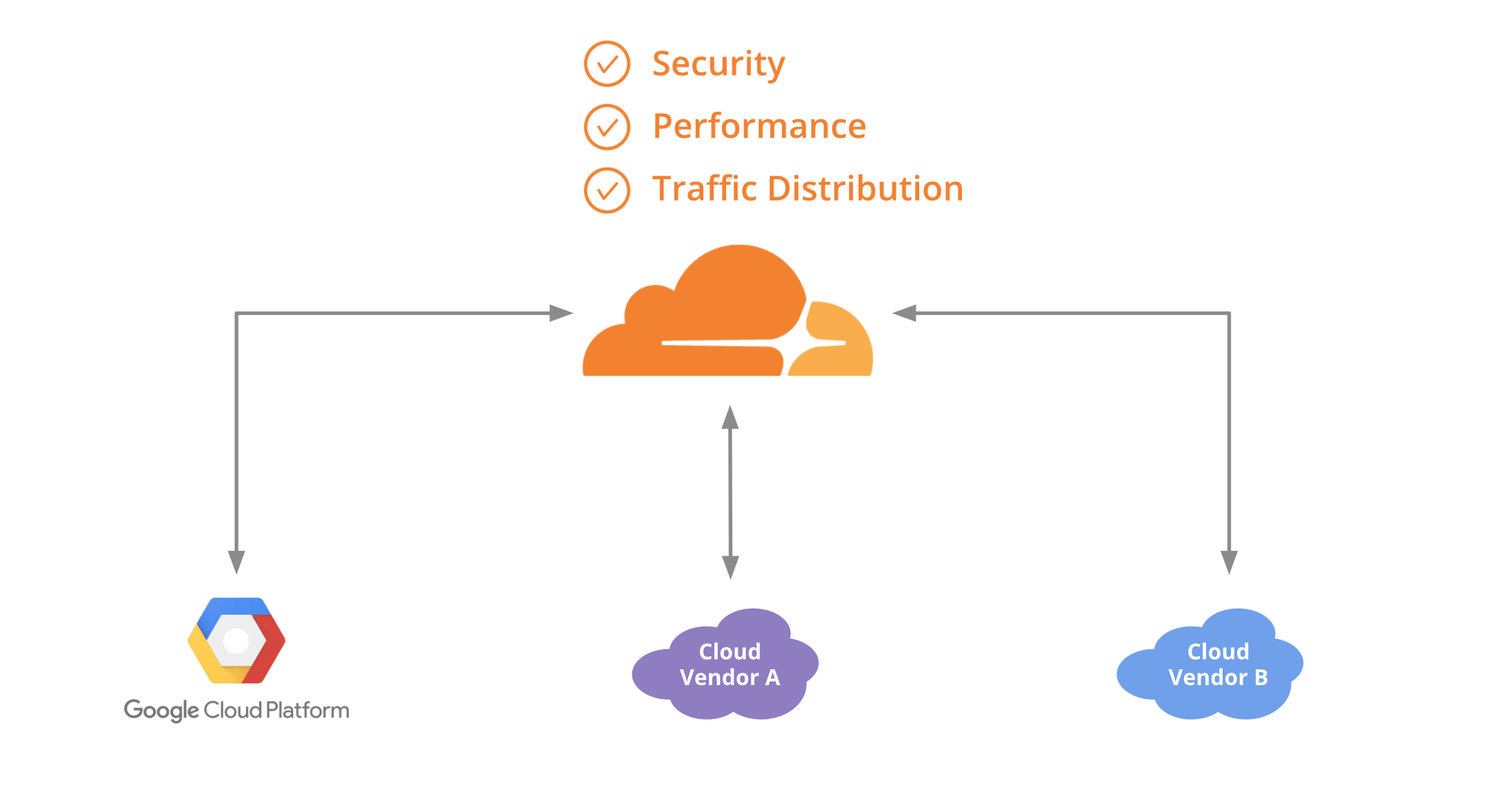Routing Security is a Serious Problem – and MANRS Can Help. A Report from APRICOT 2018.
Last week, at APRICOT 2018 in Kathmandu, Nepal, there were a lot of talks and discussions focused on routing security and the Mutually Agreed Norms for Routing Security (MANRS).
First, there was a Routing Security BoF, attended by about 150 people, where we talked about what it takes to implement routing security practices, how CDNs and other players can help, and why it is so difficult to make progress in this area. The BoF included an interactive poll at the end, and it showed some interesting results:
- Participants almost unanimously see lack of routing security as a serious problem.
- Slow progress in this area is largely seen as due to a lack of incentives
- Participants see community initiatives (like MANRS) as the main driving forces for improvement, followed by CDNs and cloud providers. They doubt that governments or end-customers can effectively drive change.
My colleague Aftab Siddiqui is writing a separate blog post just about that BoF, so watch the blog in the next day or two.
Later, in the security track of the main APRICOT programme, Andrei Robachevsky, ISOC’s Technology Programme Manager, presented statistics on routing incidents and suggested a way forward based on the MANRS approach. In his Continue reading
Cisco’s Tetration Extends Security Analytics, Policy to Multi-Cloud Apps
 The updates also support containerized workloads.
The updates also support containerized workloads.
Treasury Department Throws Fuel on Qualcomm and Broadcom Fire
 The U.S. government postponed Qualcomm's annual meeting and board elections to investigate.
The U.S. government postponed Qualcomm's annual meeting and board elections to investigate.
Memcached DDoS – There’s Still Time to Save Your Mind

In case you haven’t heard, there’s a new vector for Distributed Denial of Service (DDoS) attacks out there right now and it’s pretty massive. The first mention I saw this week was from Cloudflare, where they details that they were seeing a huge influx of traffic from UDP port 11211. That’s the port used by memcached, a database caching system.
Surprisingly, or not, there were thousands of companies that had left UDP/11211 open to the entire Internet. And, by design, memcached responds to anyone that queries that port. Also, carefully crafted packets can be amplified to have massive responses. In Cloudflare’s testing they were able to send a 15 byte packet and get a 134KB response. Given that this protocol is UDP and capable of responding to forged packets in such a way as to make life miserable for Cloudflare and, now, Github, which got blasted with the largest DDoS attack on record.
How can you fix this problem in your network? There are many steps you can take, whether you are a system admin or a network admin:
- Go to Shodan and see if you’re affected. Just plug in your company’s IP address ranges and have it Continue reading
A Guide To Securing Docker and Kubernetes Containers With a Firewall
 Containers present a hefty challenge for traditional firewall rules and iptables.
Containers present a hefty challenge for traditional firewall rules and iptables.
AskRob: Does Tor let government peek at vuln info?
On Twitter, somebody asked this question:@ErrataRob comments?— E. Harding??, друг народа (anti-Russia=block) (@Enopoletus) March 1, 2018
Discussion
A Secure Supply Chain for Kubernetes
The beta release of the Docker Enterprise Edition (Docker EE) container platform last month integrates Kubernetes orchestration, running alongside Swarm, to provide a single container platform that supports both legacy and new applications running on-premises or in the cloud. For organizations that are exploring Kubernetes or deploying it in production, Docker EE offers integrated security for the entire lifecycle of a containerized application, providing an additional layer of security before the workload is deployed by Kubernetes and continuing to secure the application while it is running.
Mike Coleman previously discussed access controls for Kubernetes. This week we’ll begin discussing how Docker EE secures the Kubernetes supply chain.
What is a Software Supply Chain?
When you purchase something from a retail store, there is an entire supply chain that gets the product from raw materials to the manufacturer to you. Similarly, there is a software supply chain that takes an application from code on a developer’s laptop to production.

Every company’s software supply chain may be slightly different; some outsource software development, some have adopted Continuous Integration and Continuous Delivery processes, and some deploy production applications across multiple clouds, some on-premises. Regardless of what the software supply chain consists of, Continue reading
Palo Alto Exceeds Expectations in Fiscal Q2 2018 With New Hardware, Apps
 The vendor reported $542 million in revenue, a 28 percent year-over-year increase.
The vendor reported $542 million in revenue, a 28 percent year-over-year increase.
Machine Data Firm Splunk Buys Phantom Cyber for $350 Million
 Splunk will integrate the security technology with its big data platform.
Splunk will integrate the security technology with its big data platform.
Network Collective: Securing BGP
Yet another protocol episode over at the Network Collective. This time, Nick, Jordan, Eyvonne and I talk about BGP security.
Memcrashed – Major amplification attacks from UDP port 11211

 CC BY-SA 2.0 image by David Trawin
CC BY-SA 2.0 image by David Trawin
Over last couple of days we've seen a big increase in an obscure amplification attack vector - using the memcached protocol, coming from UDP port 11211.
In the past, we have talked a lot about amplification attacks happening on the internet. Our most recent two blog posts on this subject were:
- SSDP amplifications crossing 100Gbps. Funnily enough, since then we were a target of an 196Gbps SSDP attack.
- General statistics about various amplification attacks we see.
The general idea behind all amplification attacks is the same. An IP-spoofing capable attacker sends forged requests to a vulnerable UDP server. The UDP server, not knowing the request is forged, politely prepares the response. The problem happens when thousands of responses are delivered to an unsuspecting target host, overwhelming its resources - most typically the network itself.

Amplification attacks are effective, because often the response packets are much larger than the request packets. A carefully prepared technique allows an attacker with limited IP spoofing capacity (such as 1Gbps) to launch very large attacks (reaching 100s Gbps) "amplifying" the attacker's bandwidth.
Memcrashed
Obscure amplification attacks happen all the time. We often see "chargen" or "call Continue reading
McAfee CEO: Make Cybersecurity the New Quality Standard
 The company is working with service providers to embed security in their products.
The company is working with service providers to embed security in their products.
Using Cloudflare Workers to identify pwned passwords

Last week Troy Hunt launched his Pwned Password v2 service which has an API handled and cached by Cloudflare using a clever anonymity scheme.
The following simple code can check if a password exists in Troy's database without sending the password to Troy. The details of how it works are found in the blog post above.
use strict;
use warnings;
use LWP::Simple qw/$ua get/;
$ua->agent('Cloudflare Test/0.1');
use Digest::SHA1 qw/sha1_hex/;
uc(sha1_hex($ARGV[0]))=~/^(.{5})(.+)/;
print get("https://api.pwnedpasswords.com/range/$1")=~/$2/?'Pwned':'Ok', "\n";
It's just as easy to implement the same check in other languages, such as JavaScript, which made me realize that I could incorporate the check into a Cloudflare Worker. With a little help from people who know JavaScript far better than me, I wrote the following Worker:
addEventListener('fetch', event => {
event.respondWith(fetchAndCheckPassword(event.request))
})
async function fetchAndCheckPassword(req) {
if (req.method == "POST") {
try {
const post = await req.formData()
const pwd = post.get('password')
const enc = new TextEncoder("utf-8").encode(pwd)
let hash = await crypto.subtle.digest("SHA-1", enc)
let hashStr = hex(hash).toUpperCase()
const prefix = hashStr.substring(0, 5)
const suffix = hashStr.substring(5)
const pwndpwds = await fetch('https://api.pwnedpasswords.com/range/' + prefix)
const t = Continue readingImproving Routing Security: Introducing Six New MANRS Tutorials
Routing outages or attacks – such as hijacking, leaks, and spoofing – can lead to stolen data, lost revenue, reputational damage and more, all on a global scale. Routing security is therefore vital to the future and stability of the Internet, and the Mutually Agreed Norms for Routing Security (MANRS) initiative implements crucial fixes. Today, we are pleased to announce a series of six new MANRS tutorials that will help network operators improve both the Internet’s routing security and their own network’s operational efficiency.
These tutorials are intended for network administrators, network engineers, and others with a working knowledge of routing and security who are looking for steps to improve their network’s routing security and to join the growing list of MANRS participants.
About the Tutorials
Module 1: Introduction to MANRS
What is MANRS, and why should you join? MANRS is a global initiative to implement crucial fixes needed to eliminate the most common routing threats. In this module you will learn about vulnerabilities of the Internet routing system and how four simple steps, called MANRS Actions, can help dramatically improve Internet security and reliability.
Module 2: IRRs, RPKI, and PeeringDB
This module helps you understand the databases and repositories Continue reading
What’s Your #TechConfession?

Think back to the first moment you fell in love with technology. Was it love at first deployment? What about developing code to trick your school’s bell system into letting your class out early? If you love all things technology, or you’re a technologist, then you should definitely put #TechConfessions, the podcast and YouTube playlist, on your radar.
#TechConfessions is a weekly podcast and web series that uncovers the deep, dark tech secrets of some of high tech’s finest minds. The series looks to expose the inner thoughts and forgotten stories of tech professionals. Hear from top tech pros as they divulge the early beginnings of their tech careers and proclaim their favorite software-defined moments. Get insights into what makes these tech leaders tick, and discover their long-burning passion for all things tech.
Director of Influence Marketing at VMware, Amy Lewis, one of the hosts of #TechConfessions, gives a voice to the professionals witnessing industry changes. Going from a hardware to a software state of mind happens differently for everyone. As the host of #TechConfessions, Amy digs deep to get the real backstory behind each individual’s transition into the world of software.
So far, season one Continue reading
Creating a single pane of glass for your multi-cloud Kubernetes workloads with Cloudflare

(This is a crosspost of a blog post originally published on Google Cloud blog)
One of the great things about container technology is that it delivers the same experience and functionality across different platforms. This frees you as a developer from having to rewrite or update your application to deploy it on a new cloud provider—or lets you run it across multiple cloud providers. With a containerized application running on multiple clouds, you can avoid lock-in, run your application on the cloud for which it’s best suited, and lower your overall costs.
If you’re using Kubernetes, you probably manage traffic to clusters and services across multiple nodes using internal load-balancing services, which is the most common and practical approach. But if you’re running an application on multiple clouds, it can be hard to distribute traffic intelligently among them. In this blog post, we show you how to use Cloudflare Load Balancer in conjunction with Kubernetes so you can start to achieve the benefits of a multi-cloud configuration.
To continue reading follow the Google Cloud blog here or if you are ready to get started we created a guide on how to deploy an application using Kubernetes on GCP and AWS Continue reading
The Cost of Cybercrime
Most people paying attention would expect that the cost of cybercrime has gone up in recent years. But a new report has put a number on it: Worldwide cybercrime costs an estimated $600 billion USD a year.
That’s up from $500 billion USD in 2014, the last time security vendor McAfee and think tank the Center for Strategic and International Studies released a similar study. The new estimate amounts to 0.8 percent of global GDP, up from 0.7 percent in 2014.
“Cybercrime is relentless, undiminished, and unlikely to stop,” writes report author James Lewis, senior vice president at CSIS. “It is just too easy and too rewarding, and the chances of being caught and punished are perceived as being too low.”
Lewis points to poorly-protected IoT devices as a particular problem. Insecure IoT devices “provide new, easy approaches to steal personal information or gain access to valuable data or networks,” he writes. They also power botnets that can create massive denial-of-service attacks.
Among the other reasons for the growth in the cost of cybercrime:
- Cybercriminals are embracing new attack technologies.
- Many new Internet users come from countries with weak cybersecurity.
- Online crime is becoming easier through cybercrime-as-a-service Continue reading
Cisco and Rackspace Team Up on Multi-Cloud Security
 The managed cloud provider deploys more than 22,000 Cisco firewalls.
The managed cloud provider deploys more than 22,000 Cisco firewalls.
Why Is Container Security So Difficult?
 IT departments want containers to make their lives easier, not harder.
IT departments want containers to make their lives easier, not harder.
AT&T Expands Network-Based SD-WAN to 150 Countries
 Companies can mix and match connectivity for different site types while maintaining a single network.
Companies can mix and match connectivity for different site types while maintaining a single network.
